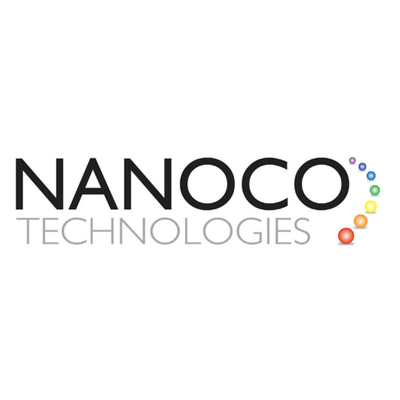Quantum mechanics, the study of the very small, has captivated and challenged scientists since its inception. Unlike classical physics, which deals with predictable phenomena, quantum mechanics is known for its counterintuitive principles, such as superposition and entanglement. These principles allow particles to exist in multiple states simultaneously and for the state of one particle to instantly influence another, regardless of distance.
Despite robust proof of its core phenomena, reconciling quantum mechanics with general relativity remains a significant challenge, suggesting a gap in our understanding of the universe. Beyond theoretical implications, quantum physics has inspired promising, tangible technologies.
The 2022 Nobel Laureates in Physics, Alain Aspect, John F. Clauser, and Anton Zeilinger, conducted groundbreaking experiments on entanglement, demonstrating practical applications of quantum mechanics. The Nobel Prize announcement highlighted that the effects of quantum mechanics are finding real-world uses.
“Quantum” has become a buzzword, but it also signifies real potential in technology. Originating from the Latin word for “how much,” quantum refers to the smallest discrete unit of any physical property. In technology, it applies principles from quantum mechanics to create innovative devices. For instance, quantum computing uses qubits that exist in multiple states simultaneously, enhancing computing power. Quantum cryptography ensures secure communication by detecting any eavesdropping attempts. Quantum sensors and imaging technologies improve precision in measurements and medical imaging, advancing healthcare, navigation, and environmental monitoring.
Medical technologies like MRI have long utilized quantum effects. MRI uses nuclear magnetic resonance (NMR) to create detailed images of the body’s internal structures. Hydrogen nuclei in the body align with a magnetic field, and radiofrequency pulses disrupt this alignment, emitting signals that are detected and translated into images. This technology relies on the quantum behavior of nuclear spins and their interactions with magnetic fields.
Quantum cryptography offers unparalleled security for communications. By using quantum states in key exchange, any eavesdropping attempts alter the state and alert the involved parties. This leverages fundamental quantum properties, making encryption theoretically unbreakable. However, implementing quantum cryptography faces technical challenges, such as requiring advanced technology like single-photon sources and detectors, and maintaining signal integrity over long distances.
Quantum computers process information using qubits, which can exist in multiple states simultaneously and be entangled. This allows quantum computers to perform complex calculations faster than classical computers, solving problems like factoring large numbers and simulating molecular interactions. Although some quantum computers have been developed, they have not yet reached their full potential and face hardware scalability issues.
Other developing quantum technologies include quantum radars, which use entangled microwaves for detection, and quantum sensors with applications in GPS and brain scanners. These technologies show tangible progress, thanks to the foundational work of pioneers like Aspect, Clauser, and Zeilinger.
Quantum mechanics has significantly advanced our understanding of the universe and inspired innovative technologies. From Max Planck’s discovery of energy quanta to Werner Heisenberg’s creation of quantum mechanics, and the recent contributions of the 2022 Nobel Laureates, the quantum world continues to promise revolutionary advancements, despite ongoing challenges in fully integrating these technologies. The potential for tangible quantum technologies is undeniable, and we are only beginning to explore their possibilities.
Nanoco Group PLC (LON:NANO) leads the world in the research, development and large-scale manufacture of heavy metal-free nanomaterials for use in displays, lighting, vertical farming, solar energy and bio-imaging.


